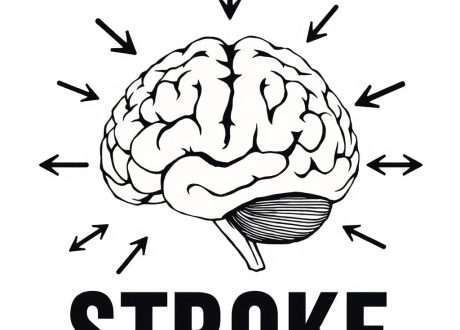February 20, 2024
Written by Vivian Lei
![]()
An artificial intelligence (AI) ECG model outperformed standard STEMI criteria in identifying occlusion myocardial infarction (OMI) confirmed by coronary angiography.
An AI-powered OMI-detector
Mounting evidence supports reframing the triage of acute coronary syndrome (ACS) based on the presence or absence of occlusive coronary disease (OMI vs. NOMI) rather than the presence or absence of ST elevation on ECG (STEMI vs. NSTEMI). This was a retrospective study in which investigators developed an AI model which uses a standard 12-lead ECG to detect acute occlusion myocardial infarction (OMI). Their derivation cohort utilized 18,616 ECGs from 10,543 patients with suspected ACS to train the AI model using a deep learning methodology. The model was then tested on 3,254 ECGs from 2,222 patients from Europe and the US who underwent invasive coronary angiography (mean age 62; 67% men; 21.6% OMI).
The AI model had an AUC of 0.938 in identifying OMI, with an accuracy of 90.9%, sensitivity of 80.6%, and specificity of 93.7% РђЊ comparable to the performance of expert ECG readers. It outperformed standard STEMI criteria in accuracy (83.6%) and sensitivity (32.5%), but not specificity (97.7%). In a subgroup analysis, the model performance was stable with respect to gender, age, different ECG rhythms, and different culprit artery territories. The mean time to OMI diagnosis was significantly shorter for the AI model at 2.3 hours compared with that of STEMI criteria (5.3 hours), but similar to that of ECG experts (2.9 hours). Prospective validation and implementation studies are still needed, along with a systemic reevaluation of which patients benefit from emergent invasive coronary intervention.
How will this change my practice?
The current triage of ACS patients based on ECG findings of ST elevation is insufficient for the diagnosis and optimal management of acute occlusive coronary disease. While prospective validation is still pending, implementation of this AI model has the potential to rapidly detect OMI just from a smartphone photo of a standard 12-lead ECG.
EditorРђЎs note: It is worth noting that nearly half the authors of this study declared conflicts of interest by way of being the founder, an employee or a shareholder in the company that owns this AI algorithm.┬а~Nick┬аZelt
Source
International evaluation of an artificial intelligenceРђЊpowered electrocardiogram model detecting acute coronary occlusion myocardial infarction, European Heart Journal РђЊ Digital Health, 2023.┬аhttps://doi.org/10.1093/ehjdh/ztad074










